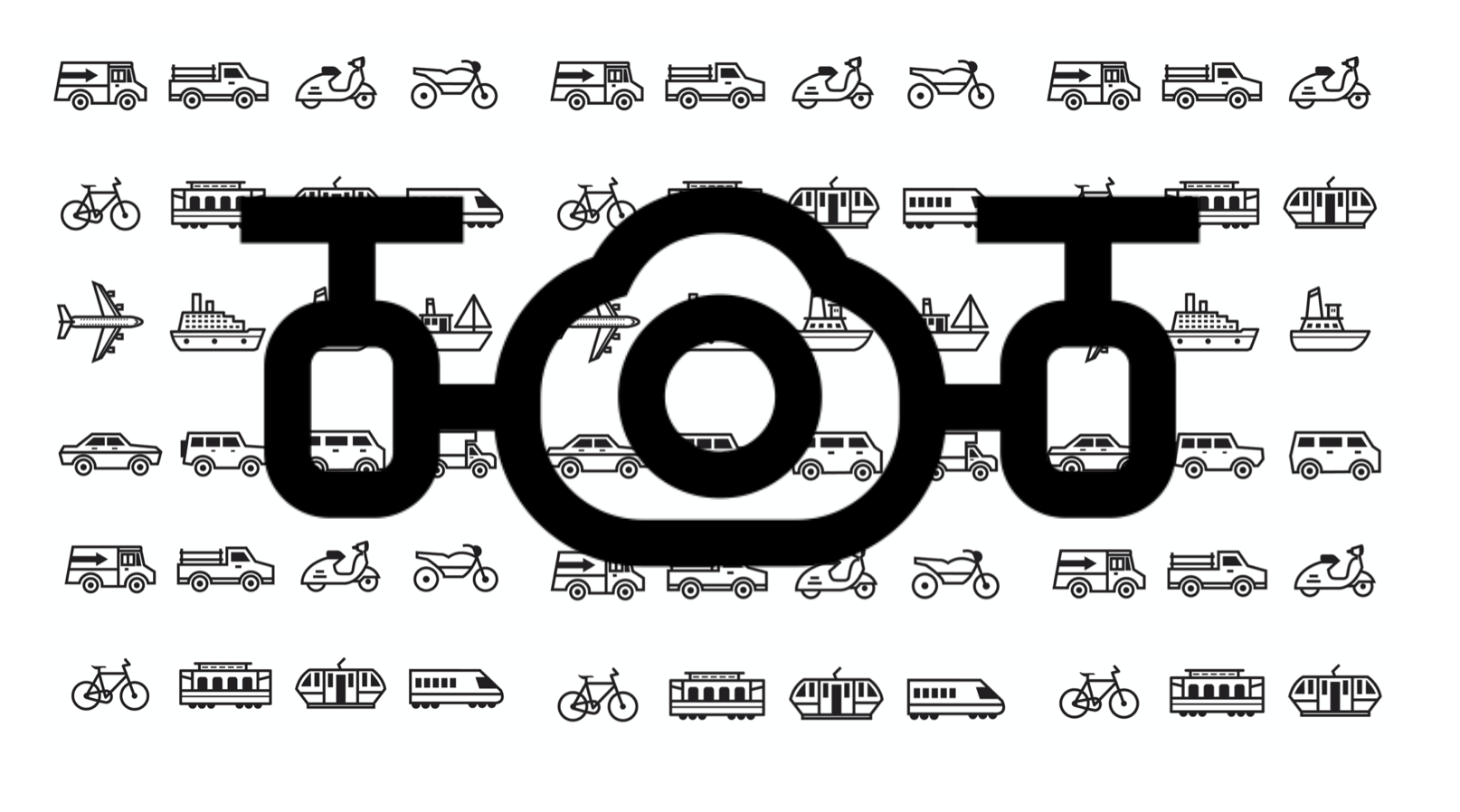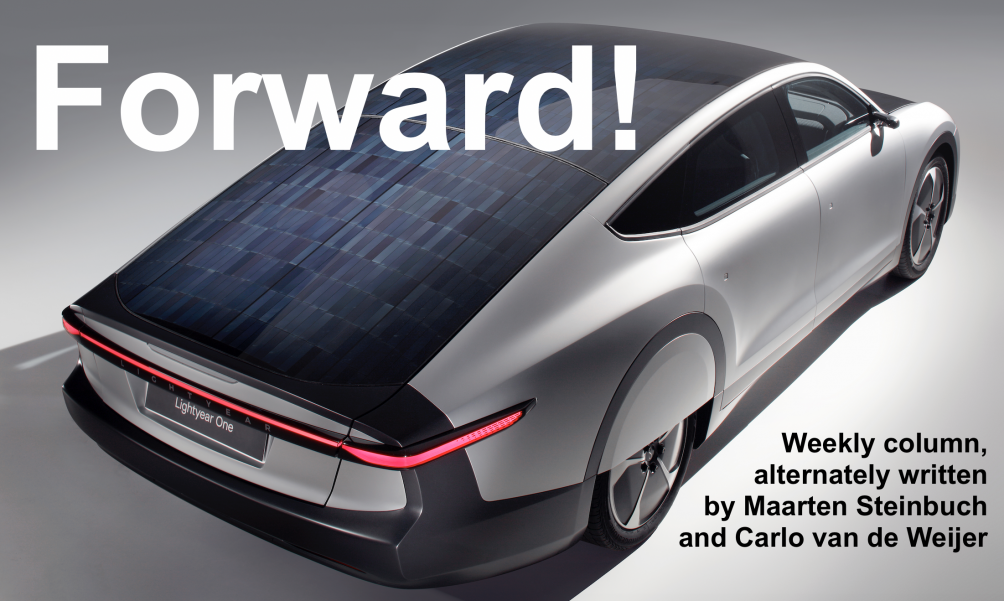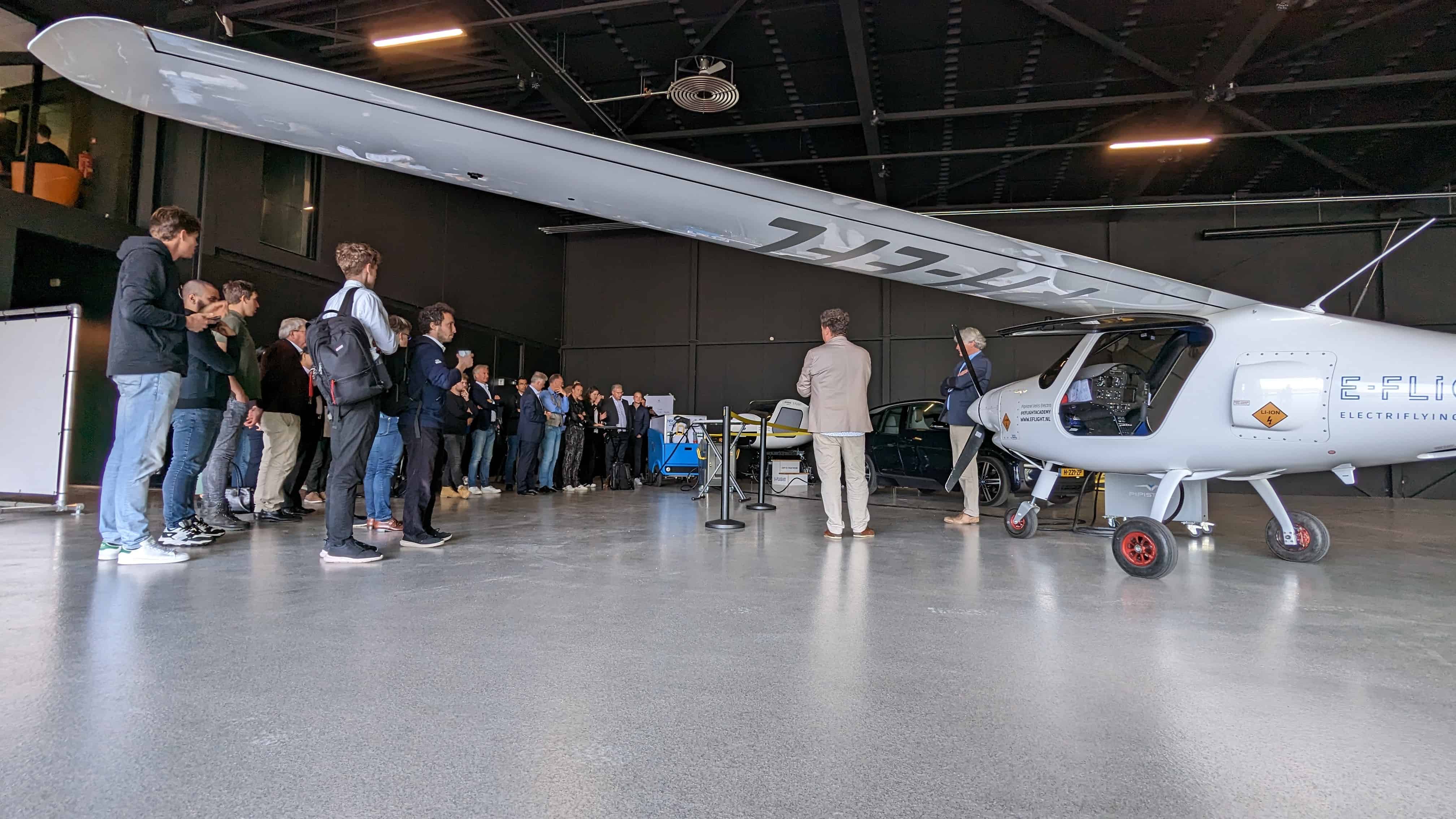
For the last couple of weeks, I’ve been finding myself on Clubhouse regularly, the new social media hype. It’s real-time audio and you can listen in and participate in conversations in all kinds of ‘rooms’. It’s an accessible way to start a conversation and meet people. Carlo van de Weijer, with whom I alternately write this column, and I had two interesting sessions last week on electric flying and we were also invited to a room on electric driving, which included a focus on charging infrastructure, smart grids, and revenue models for the automotive sector. Clubhouse is a great invention in these covid times, it sometimes seems like standing in a bar with lots of unplanned encounters.
For example, while walking between rooms, I ended up in a room about so-called eVTOLs, electrically powered aircraft with vertical take-off and landing. That is, they can take off and land vertically, and then rotate the propellers in flight to achieve higher speeds. Incidentally, eVTOLs also include modern drones for passenger and cargo transport.

The discussion was enthusiastic and elated. The reason was the news about the Californian start-up Joby Aviation, which wants to bring a five-seater eVTOL to the market. The aircraft has a range of 240 km and can reach a speed of 330 km/h. Over a thousand test flights have already been made and the company wants to start sales in just a few years.
A billion-dollar market for these kinds of taxi-like planes and flights is predicted. Meanwhile, more than eighteen companies worldwide are developing new electrically powered VTOLs. These include a total of some 68 models, including flying cars, such as the Dutch Pal-V. They also include large companies such as Airbus, Boeing, Aston Martin, Uber, and Hyundai.
The advantages of eVTOLs are short travel times because of the high speeds and because of the absence of traffic jams, and also low fuel costs because of the use of batteries for electric propulsion, just like we discussed here a few weeks ago for short flights in normal aviation.
Possible disadvantages are noise pollution and dust blowing up. However, individually steerable and electrically driven propellers could reduce this. The rotational speed of the propellers, the number of blades, the shape, and the location on the aircraft can be chosen in such a way that noise levels could remain low. Much lower than that of a helicopter, for example, and comparable to the sound of a highway or a car at fifteen meters, according to the companies’ promise. A video from Joby Aviation shows the owner standing a bit in front of his plane which, while speaking into the camera, takes off behind him. The man can still be heard, nevertheless!
If the noise can indeed be kept down, I expect a significant shift between the different forms of transport also in this mobility segment, i.e. for shorter distances. It will be a while before we will see this type of transport in Europe because here we have our public transport reasonably well organized. Fortunately, until then we can surf on Clubhouse and talk about it.
Maarten Steinbuch and Carlo van de Weijer are alternately writing this weekly column, originally published (in Dutch) in FD. Did you like it? There’s more to enjoy: a book with a selection of these columns has just been published by 24U and distributed by Lecturis.






